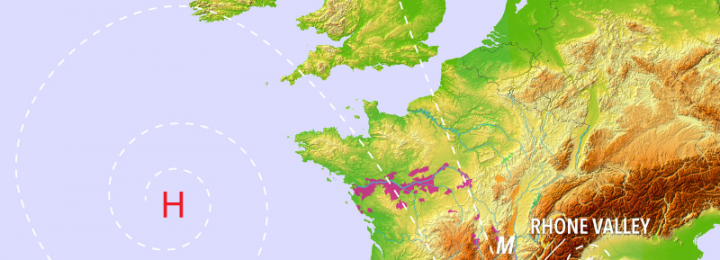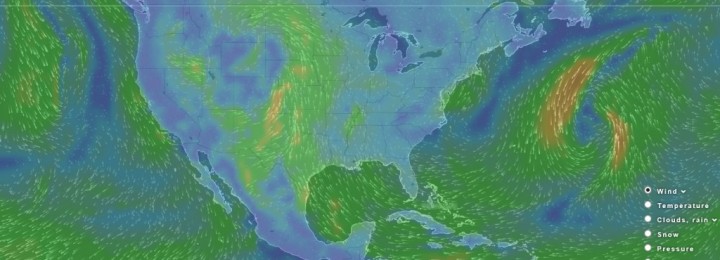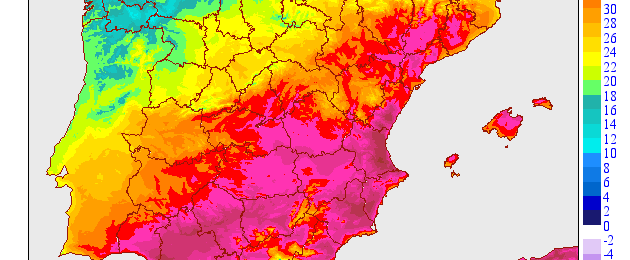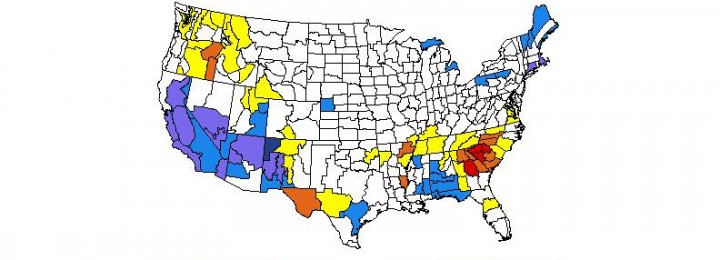-

The “mistral” is a local wind which affects southern France. It is driven by the circulation around high pressure. The flow forces air down from high elevations towards the coast. As the air sinks, it clears and dries up, helping to provide cloudless days and low humidity that are great for growing grapes in the region. VinePair has a short…
-

One of my Facebook friends posted a link to a really neat web site which provides beautiful graphics for forecasts out to two weeks. While I think the forecast skill for anything beyond about 5 days is not very high, the graphics are still very interesting to look at. You can view wind, temperature, humidity,…
-

NOAA emails a monthly newsletter with a variety of stories on topics related to drought, extreme weather, and other climate-related topics. The latest newsletter can be viewed here. Among the topics this month: an interactive climate game, a discussion of what “normal” means for the Great Lakes, and a new online course on hydrologic impacts…
Posted in: Climate and Ag in the news -

NASA reported today that the last remaining section of the Larson B ice shelf in Antarctica, which partially collapsed in 2002, appears to be weakening and could break up into hundreds of icebergs by the end of the decade (link). This ice shelf, which has lasted for at least the last 12,000 years, has been…
-

Jeff Masters of Weather Underground had several entries in his blog today about worrisome events happening around the world. One of the blog postings was on a new all-time May record high temperature for Europe. You can see the map below from his posting. This is the second time this month that the all-time May record was…
-

Calvin Perry, superintendent of the University of Georgia Stripling Irrigation Research Park, posted their monthly newsletter today. Besides showing many of the projects at the park, the newsletter also provides links to a number of stories about how recent wet and dry weather have affected crops like pecans and corn in the Southeast as well…
-

The blog at Climate.gov posted a new discussion of the current unusual mid-year El Nino and how it might evolve over the next few months. It is available here. The article discusses how this El Nino has come on much more slowly than most El Ninos in the past, which makes it a bit harder to…